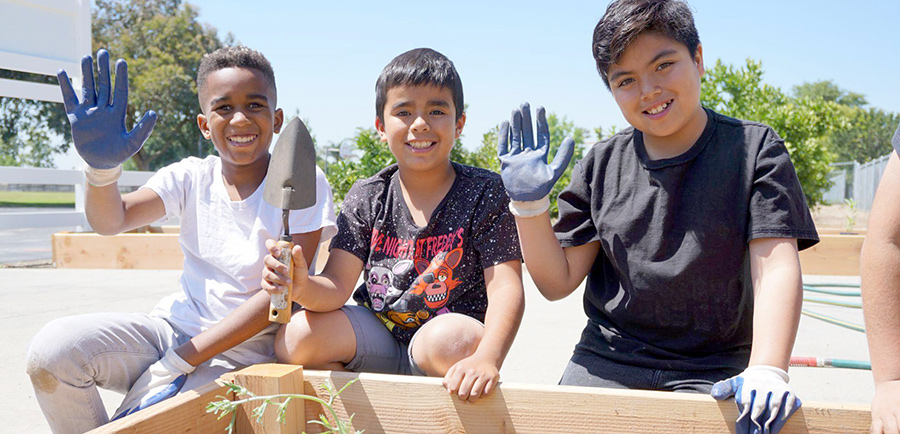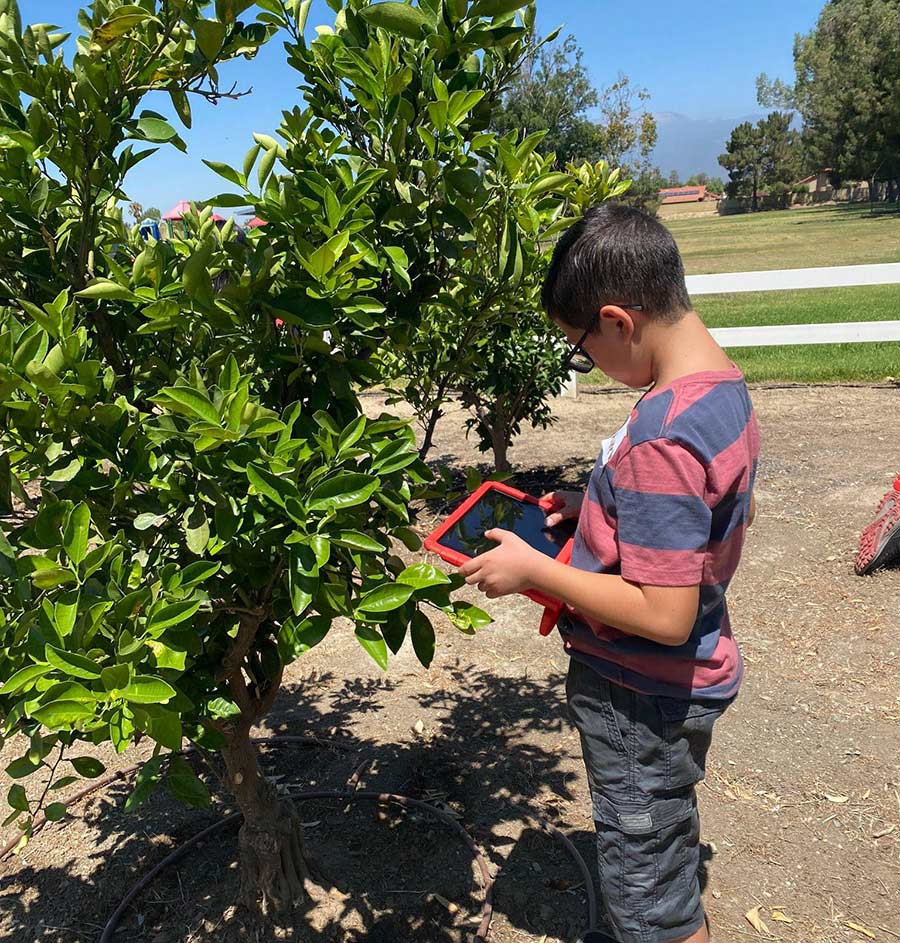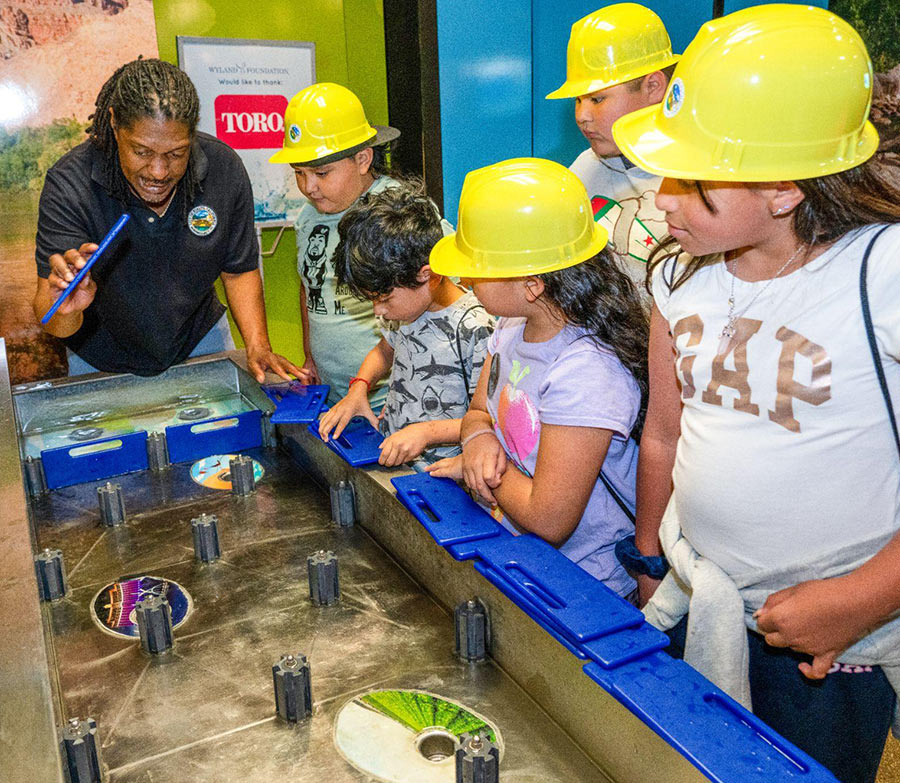class act Best practices in action
Best practices in action

class act
Best practices in action


The district’s innovative STEM CARES (Science, Technology, Engineering and Mathematics Cultivates Active Responsible Environmental Stewards) program establishes climate change innovation through environment-based learning experiences that address climate justice, promote awareness of the effects of global climate change in local communities and engage students in creative solutions.
STEM CARES began in 2015 as a grassroots student organization that allows young people to act as volunteers, advocates and activists, raising awareness and taking action on climate-related challenges important to them. Now, the program is a districtwide effort that utilizes local, relevant environmental issues to inspire students to think globally and act locally to improve their community and planet by conserving natural resources, reducing operational impacts, and protecting the health of students, staff and the community.

“This grew from that belief that student voice matters,” said Rialto USD Superintendent Cuauhtémoc Avila. “As a district, we take every opportunity that we can to make sure that the student voice is a part of decisions that are made for the entire district.”
At each elementary school and several middle schools, students tend to vegetable and fruit gardens that produce food included in the schools’ breakfast and lunch menus or are donated to the local senior citizens home, Avila said.
As students get older, many have taken part in project-based instruction focused on finding solutions to questions about how the community can improve its contaminated water source, he continued.
“They’ve done some amazing projects over the years as part of the science competition in the district, suggesting ideas that either the city or the district could do to reduce contaminants to the water supply here in the district,” Avila said. “The district has made adjustments in its irrigation systems as a result and is redoing the landscaping as well because of some of the solutions to the problems that kids have proposed over the years.”
And these lessons aren’t contained within the school walls. Avila recalls a parent of a third grade student who spoke recently about how one day — after learning about the need for water conservation — her child came home and started monitoring everyone in the household’s time showering and called out the adults who spent more than five minutes in the shower, letting them know how much water they were using. As a result, the mom said her family began to change their showering habits and the type of products that they use in the home.
Avila himself even made changes after his youngest daughter, now 24, convinced the family that they needed to improve practices in the home — from the products consumed to how to properly recycle.

Those lifelong changes among students reflect the depths of how Rialto USD has embraced climate education and provided hands-on, real-world learning opportunities for students.
“There’s data, there’s information, and there are opportunities to connect those dots and build that knowledge in everything that we do. The education of kids is not just numbers and letters, but it’s that sense of building that character that goes along with a lot of that information,” Avila said. “Particularly in our community, we believe that environmental justice is part of social justice, in the sense that we want to make sure that our kids are prepared — not only now, but when they become adults — to engage in discussions related to the environment. Really, the goal is to develop those caring, informed, critical and independent thinkers.”
— Alisha Kirby